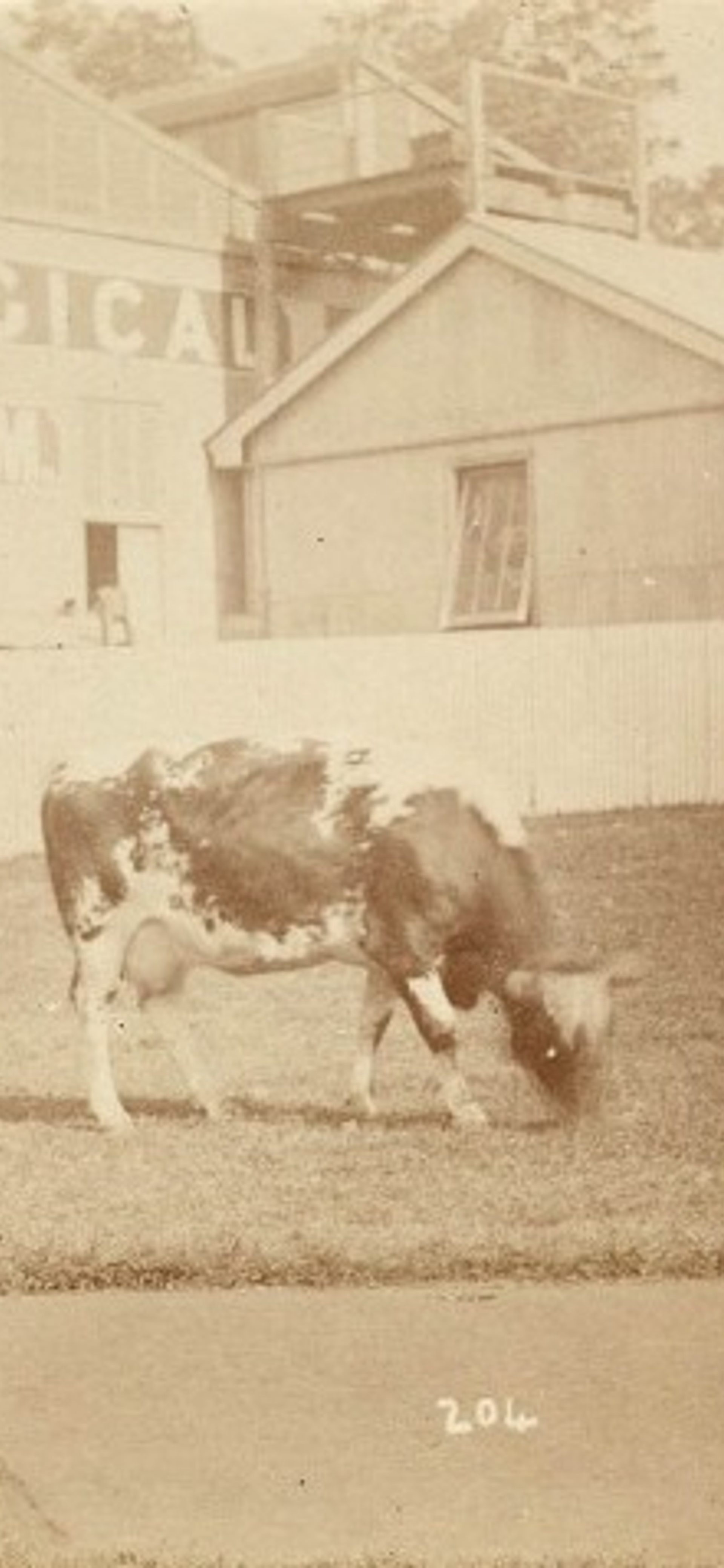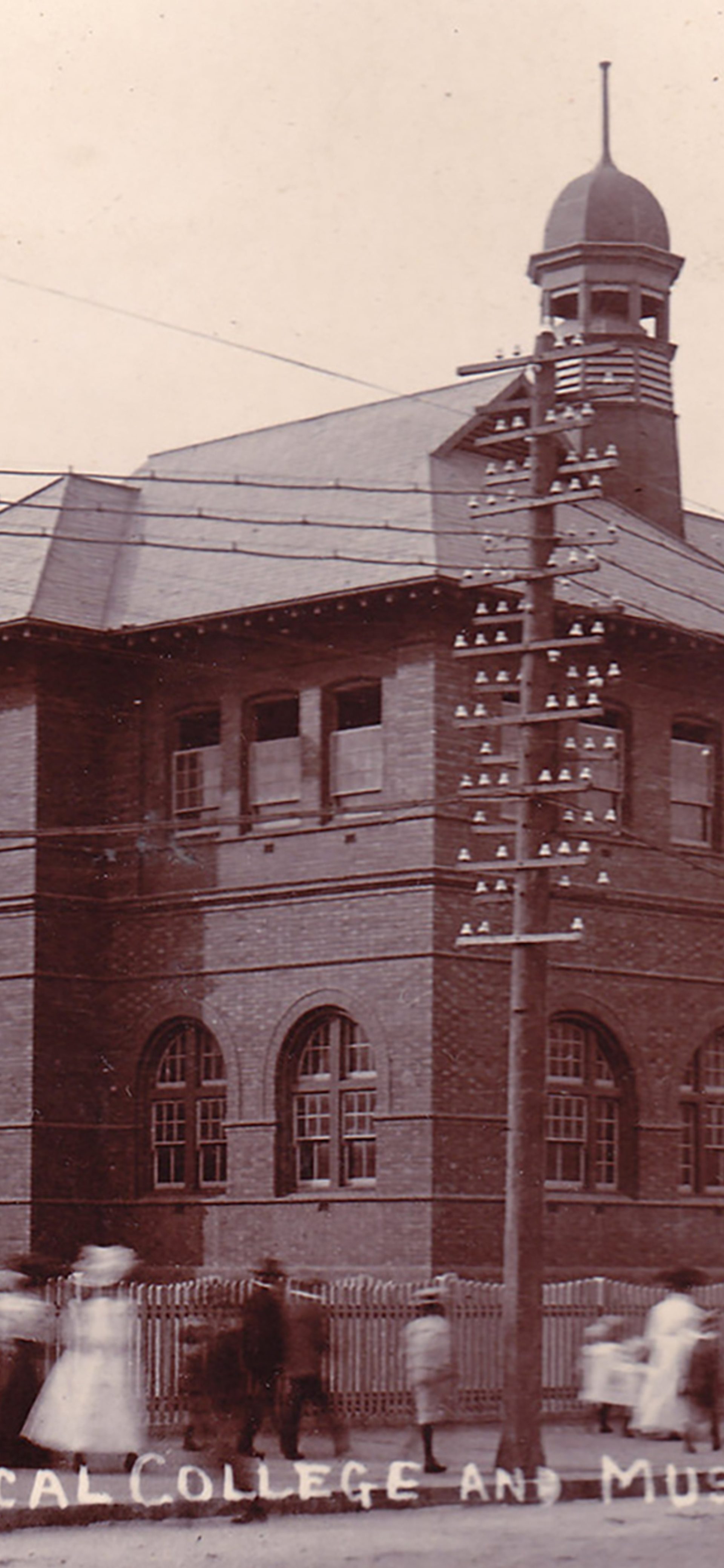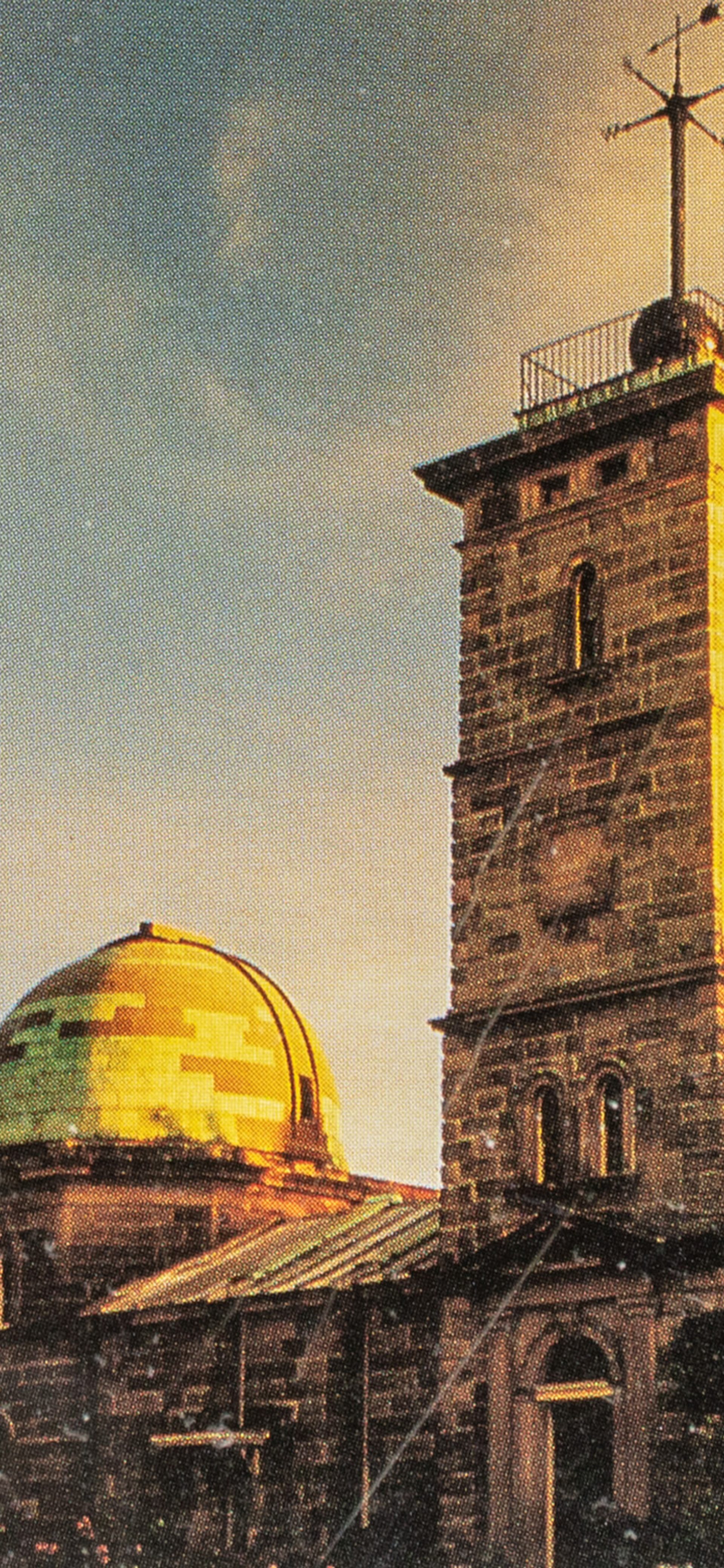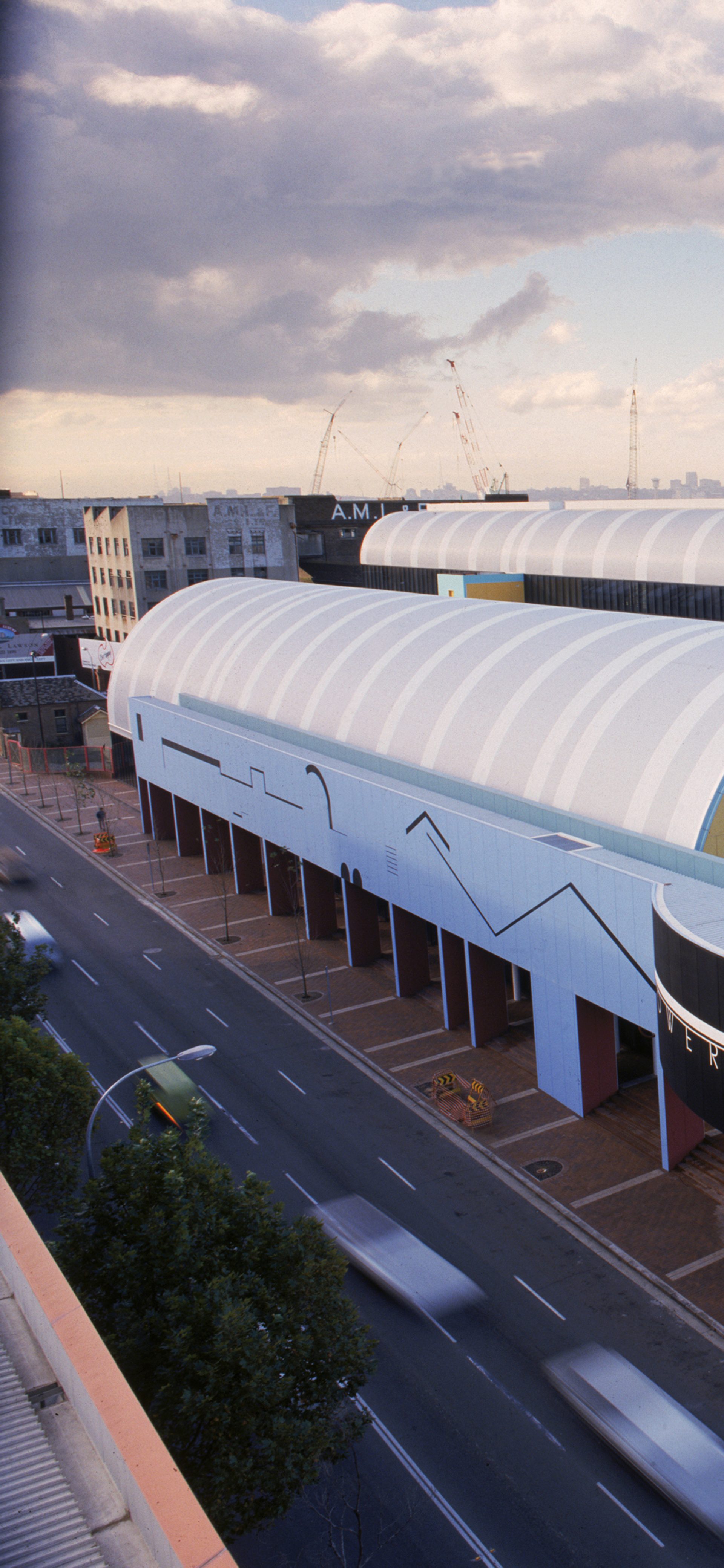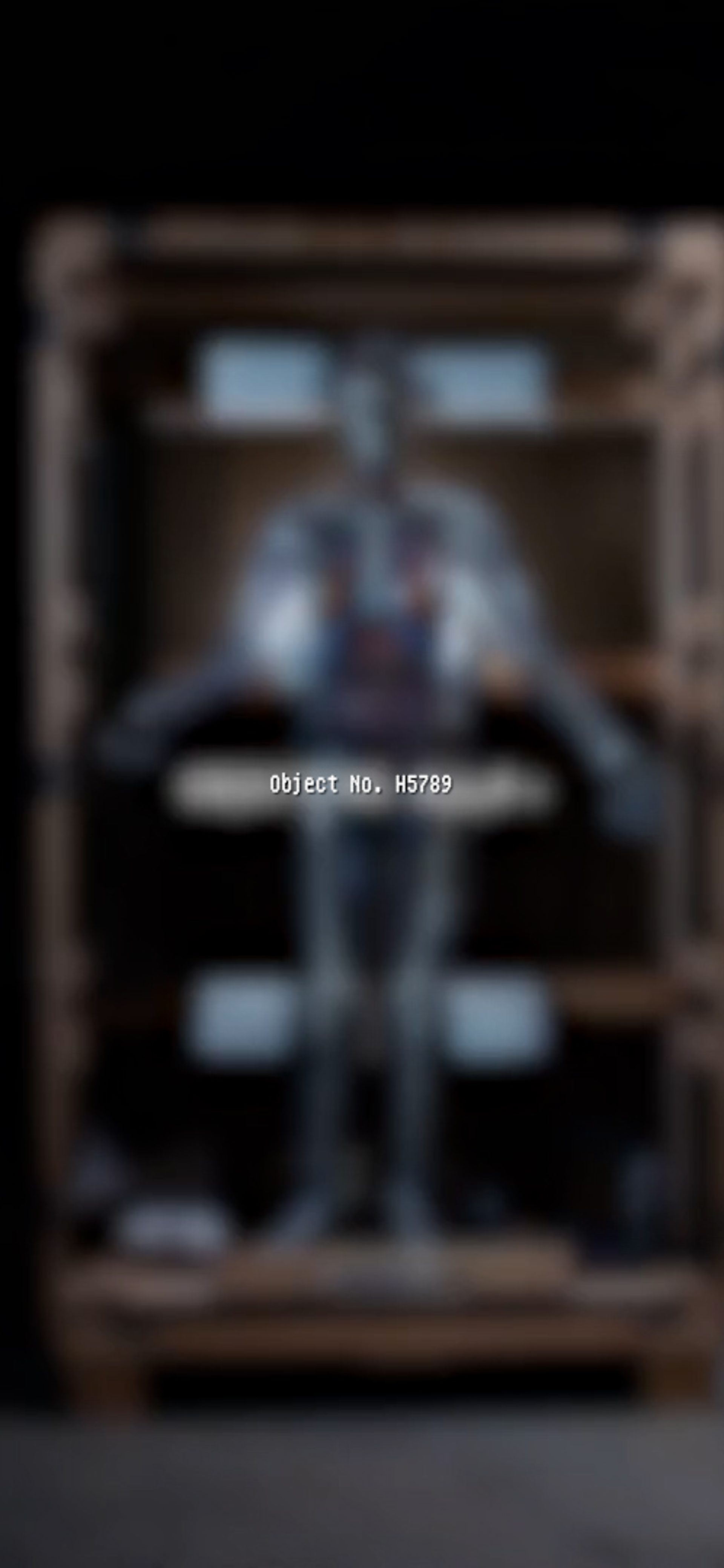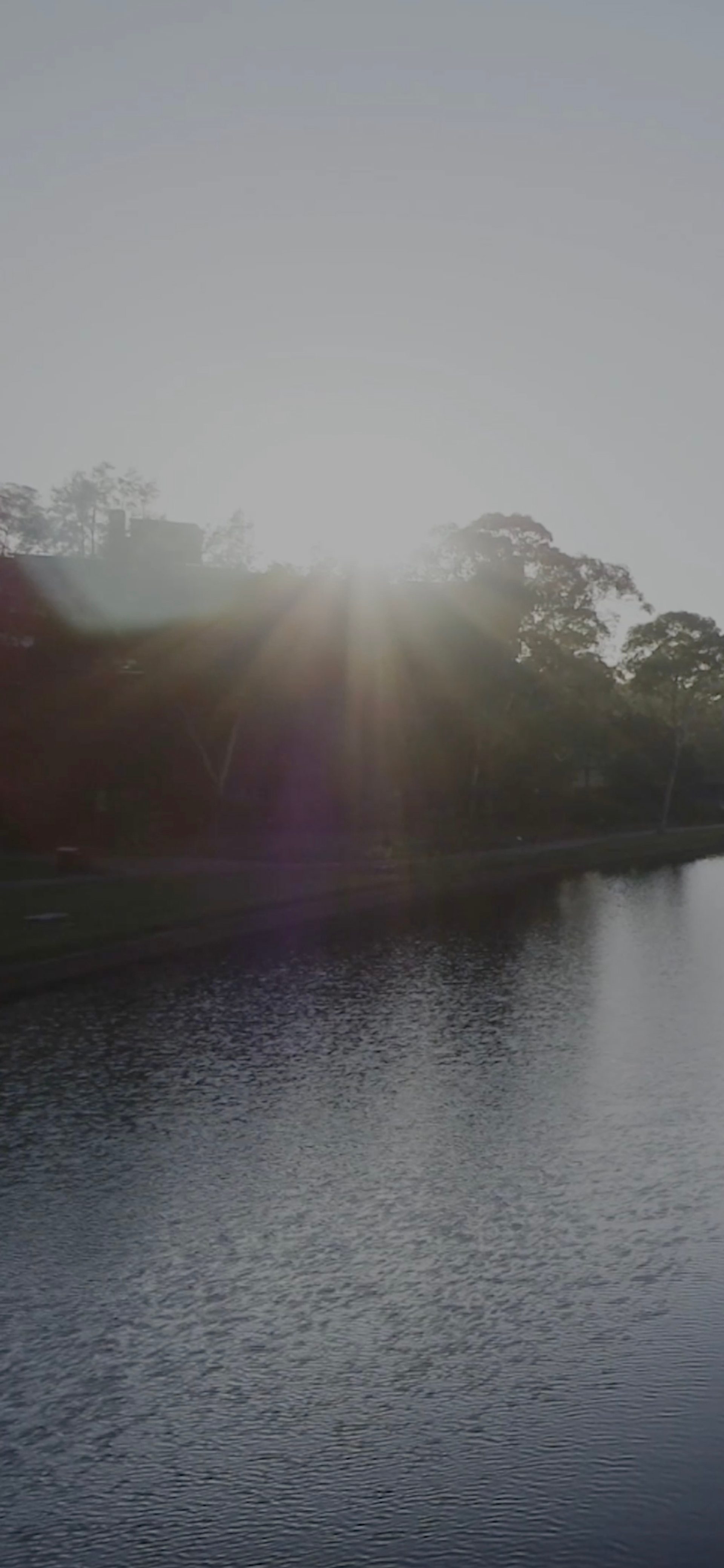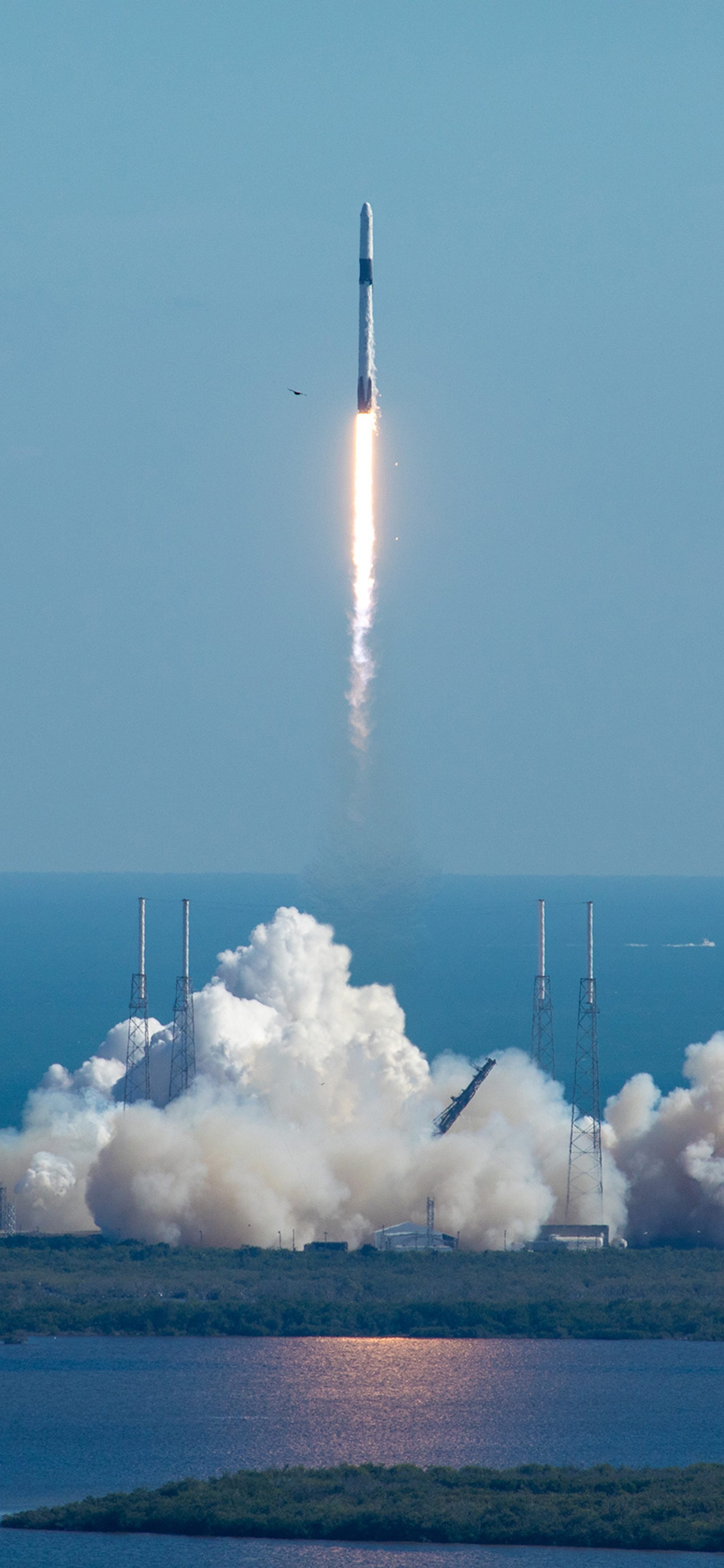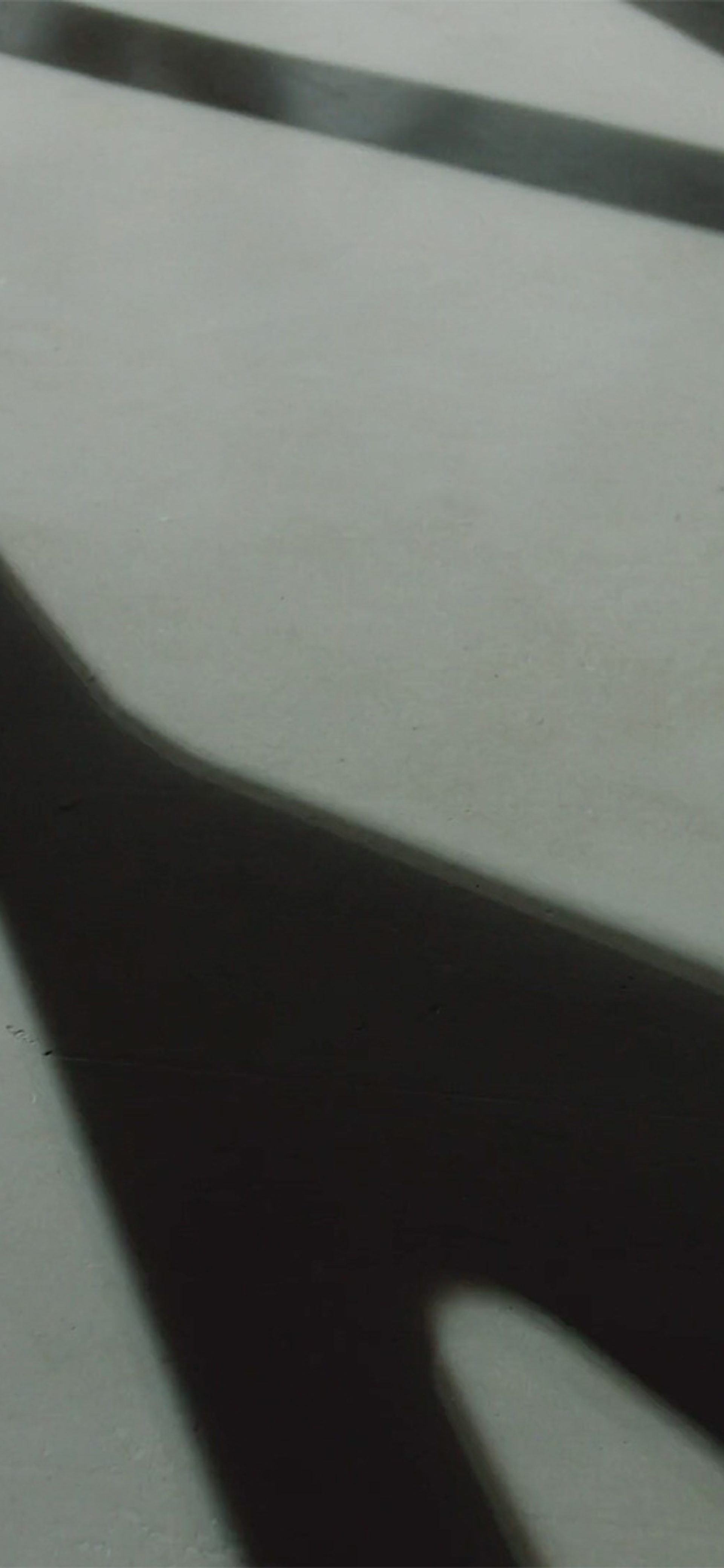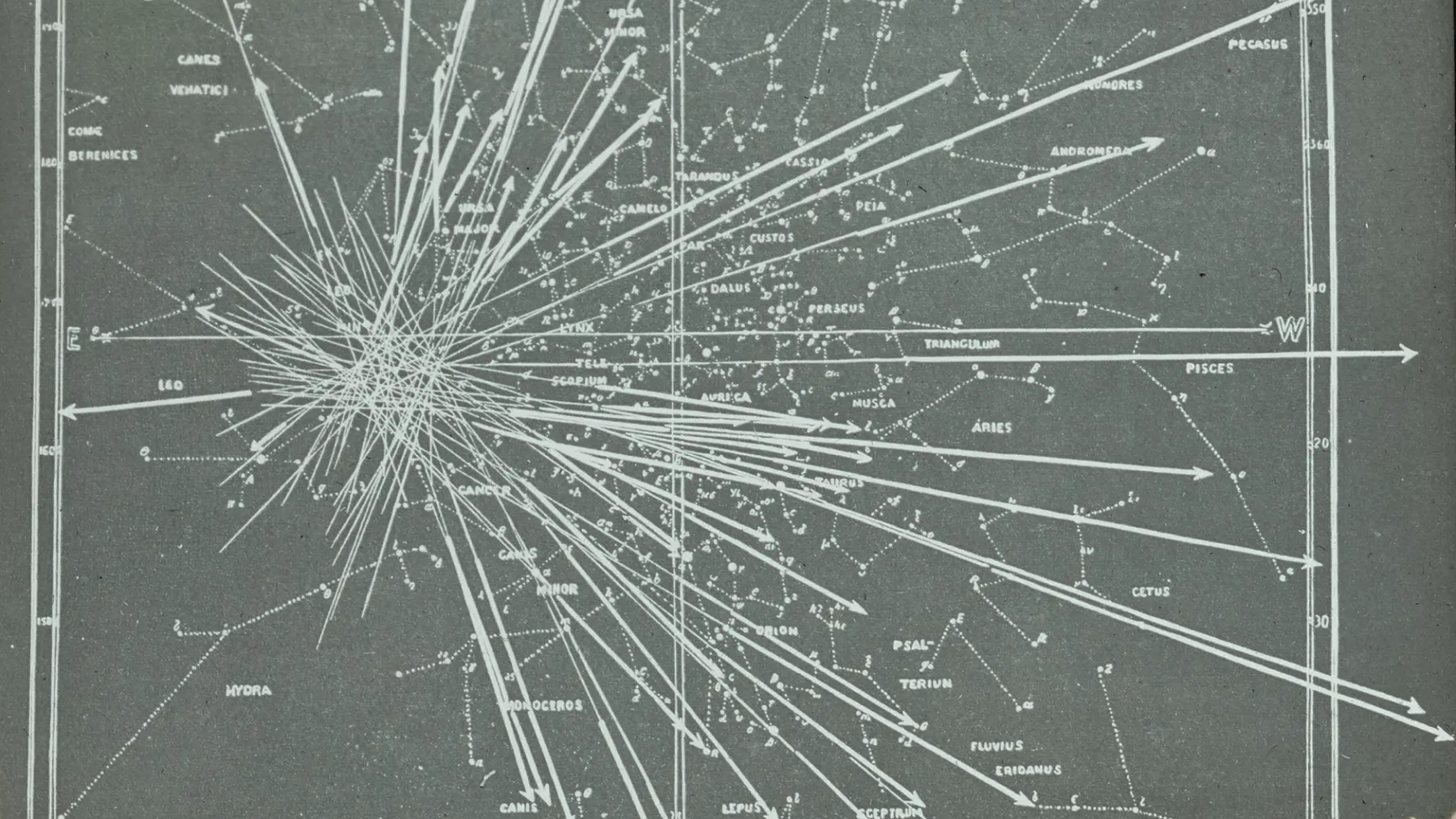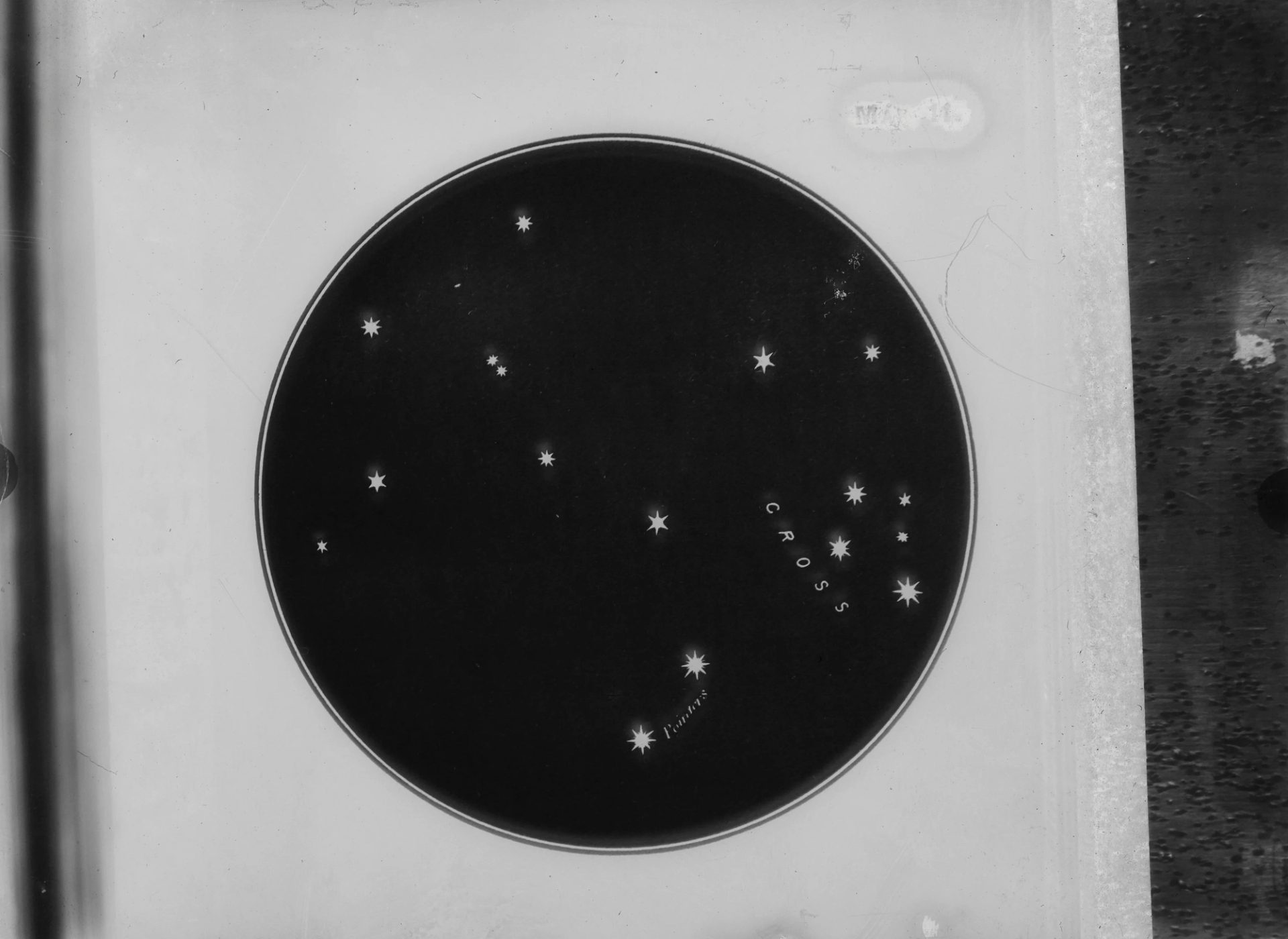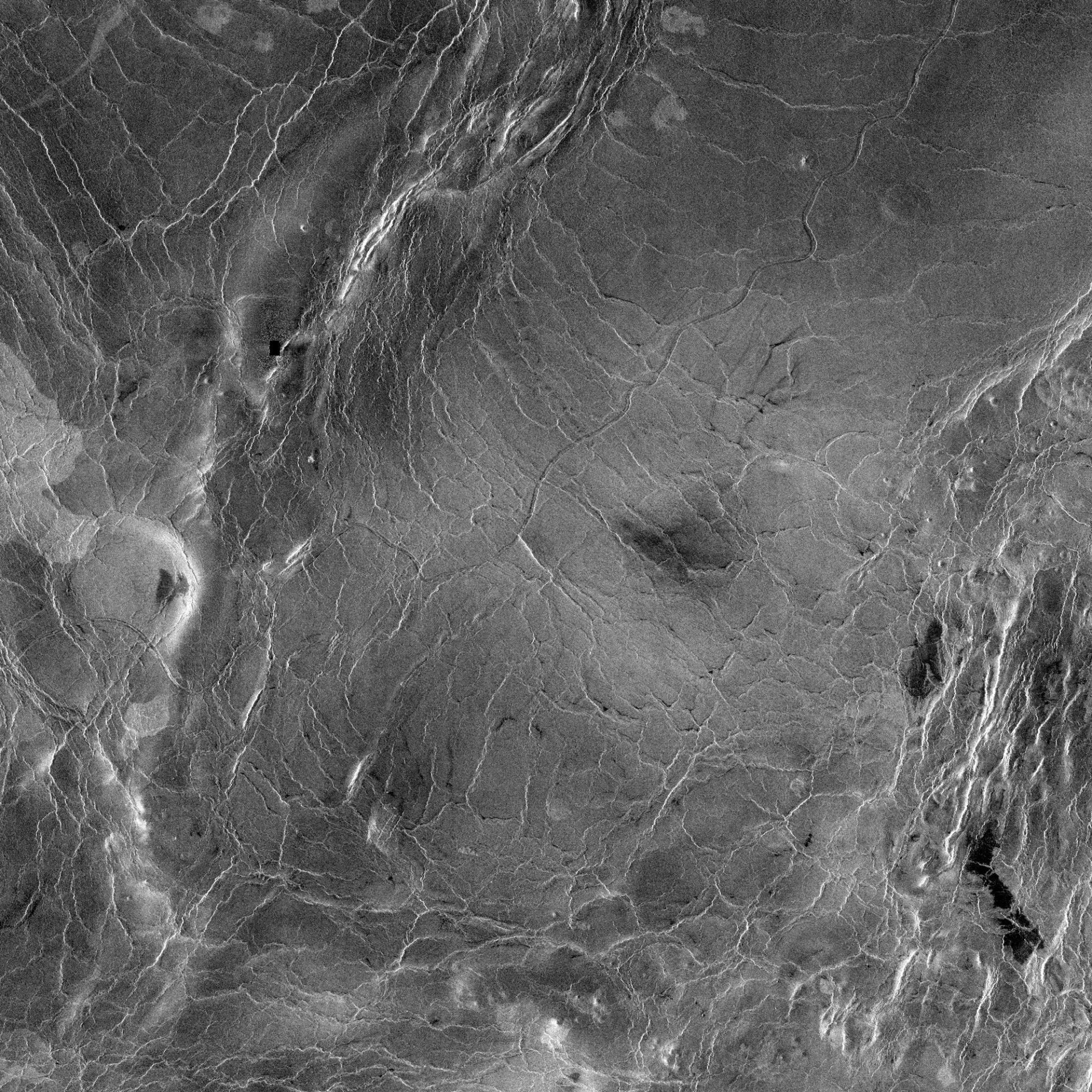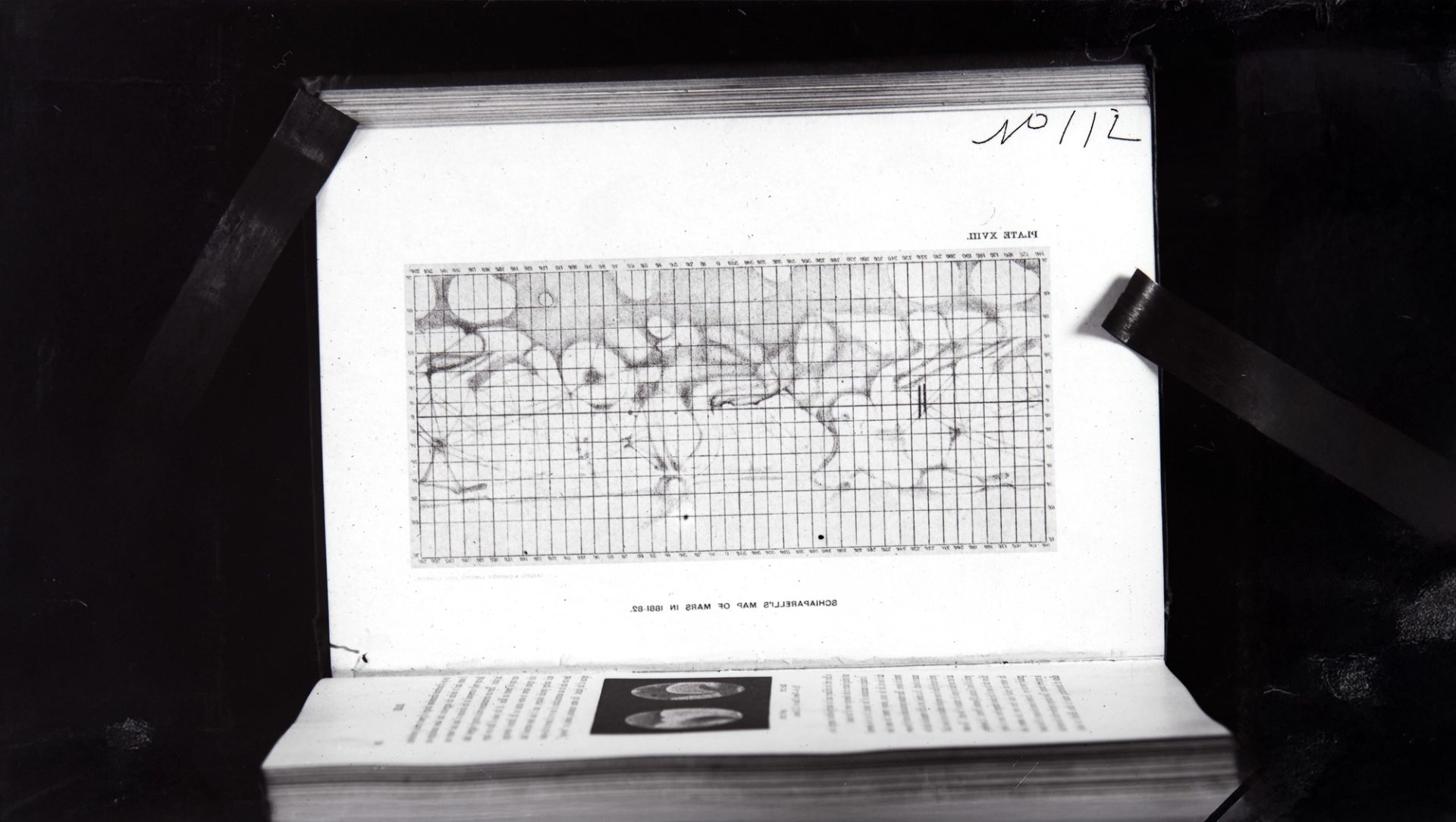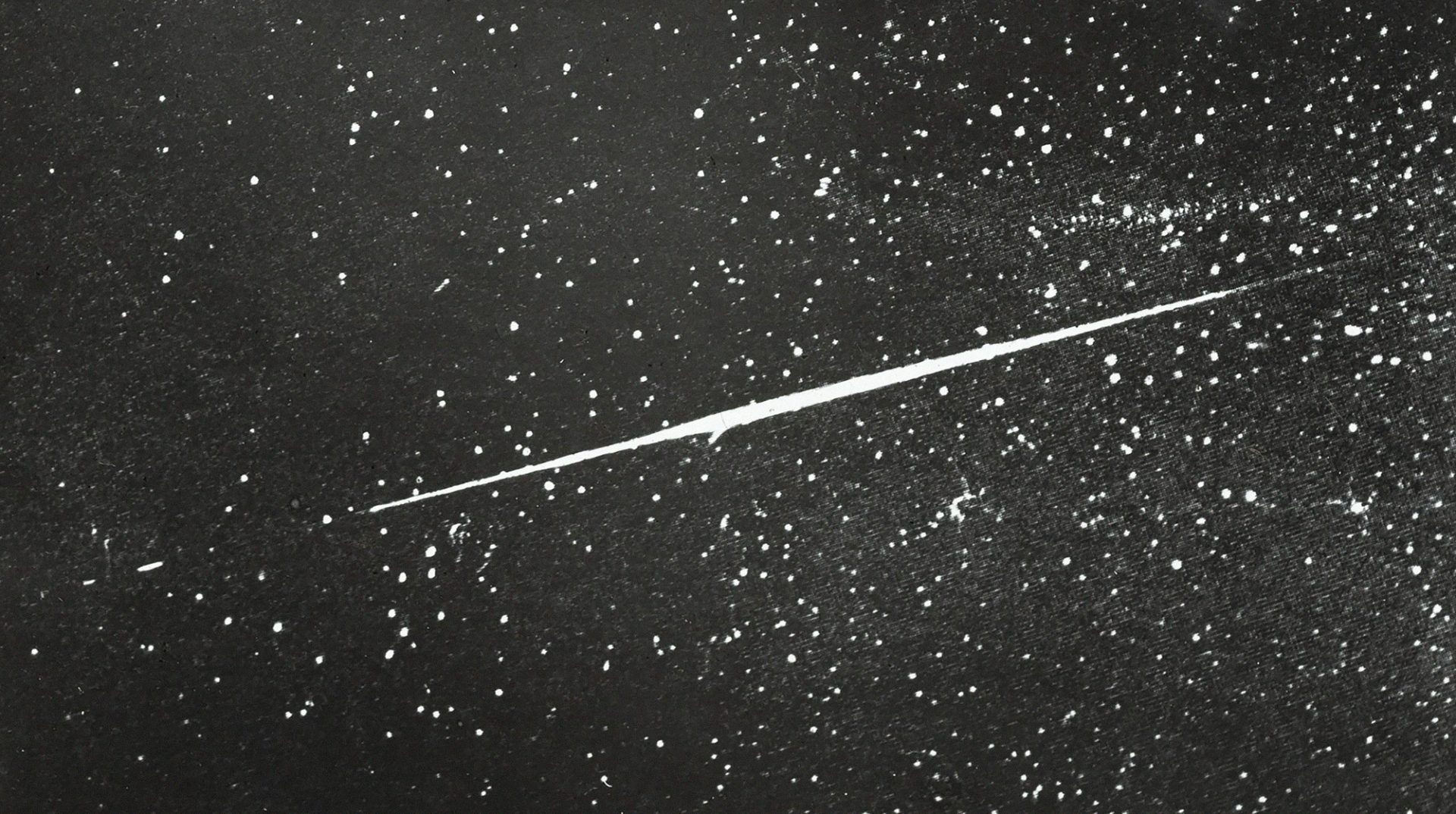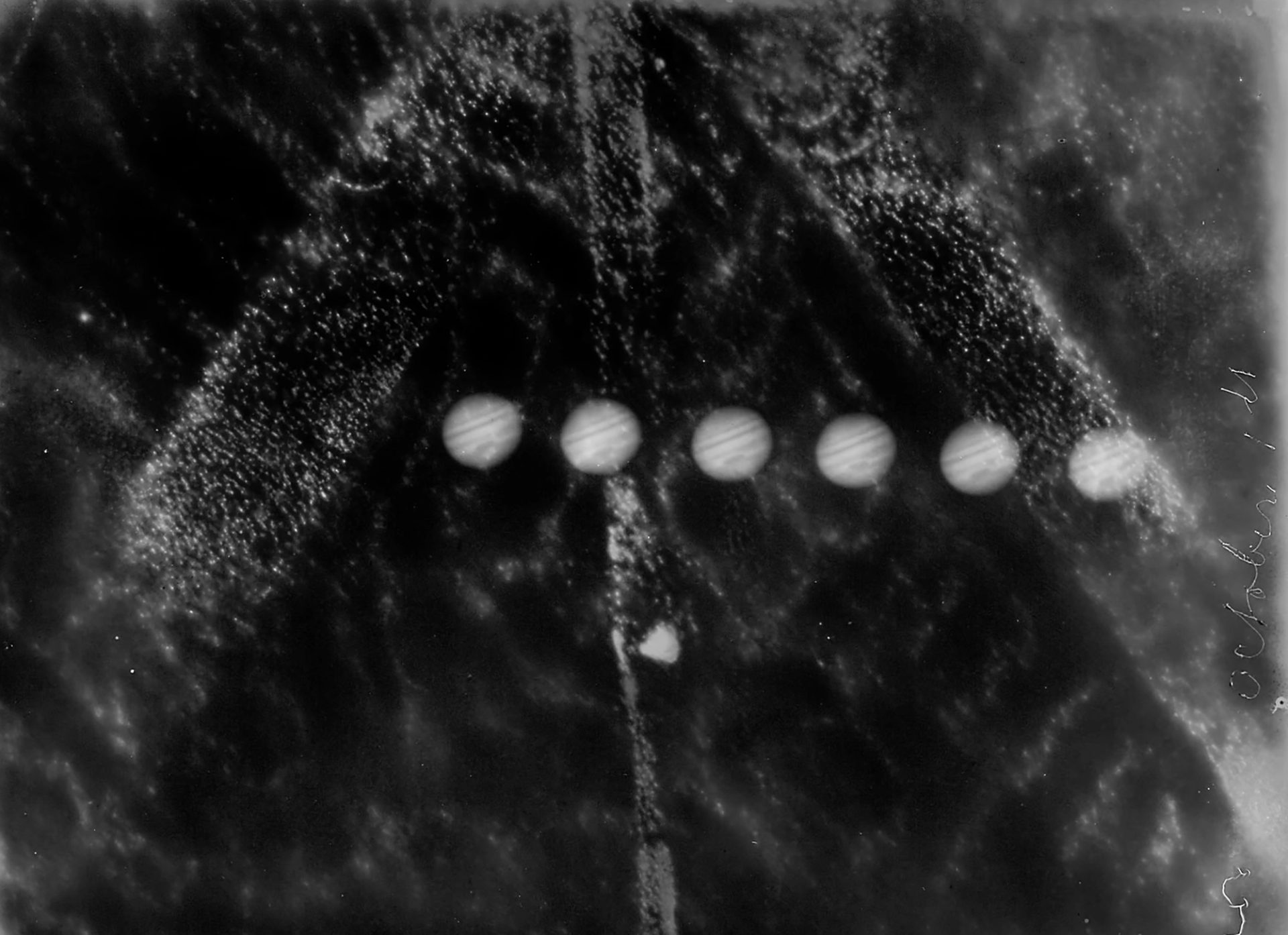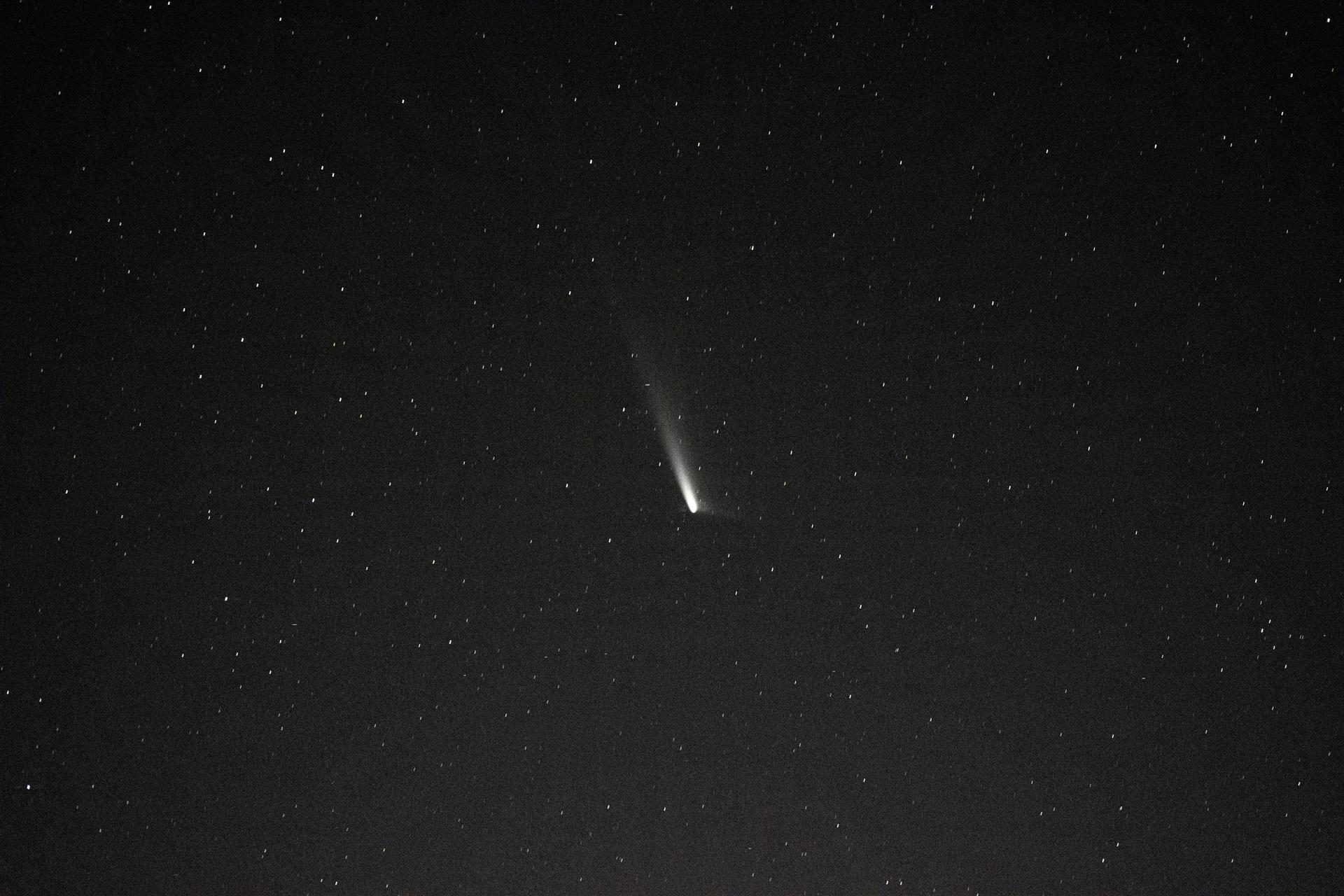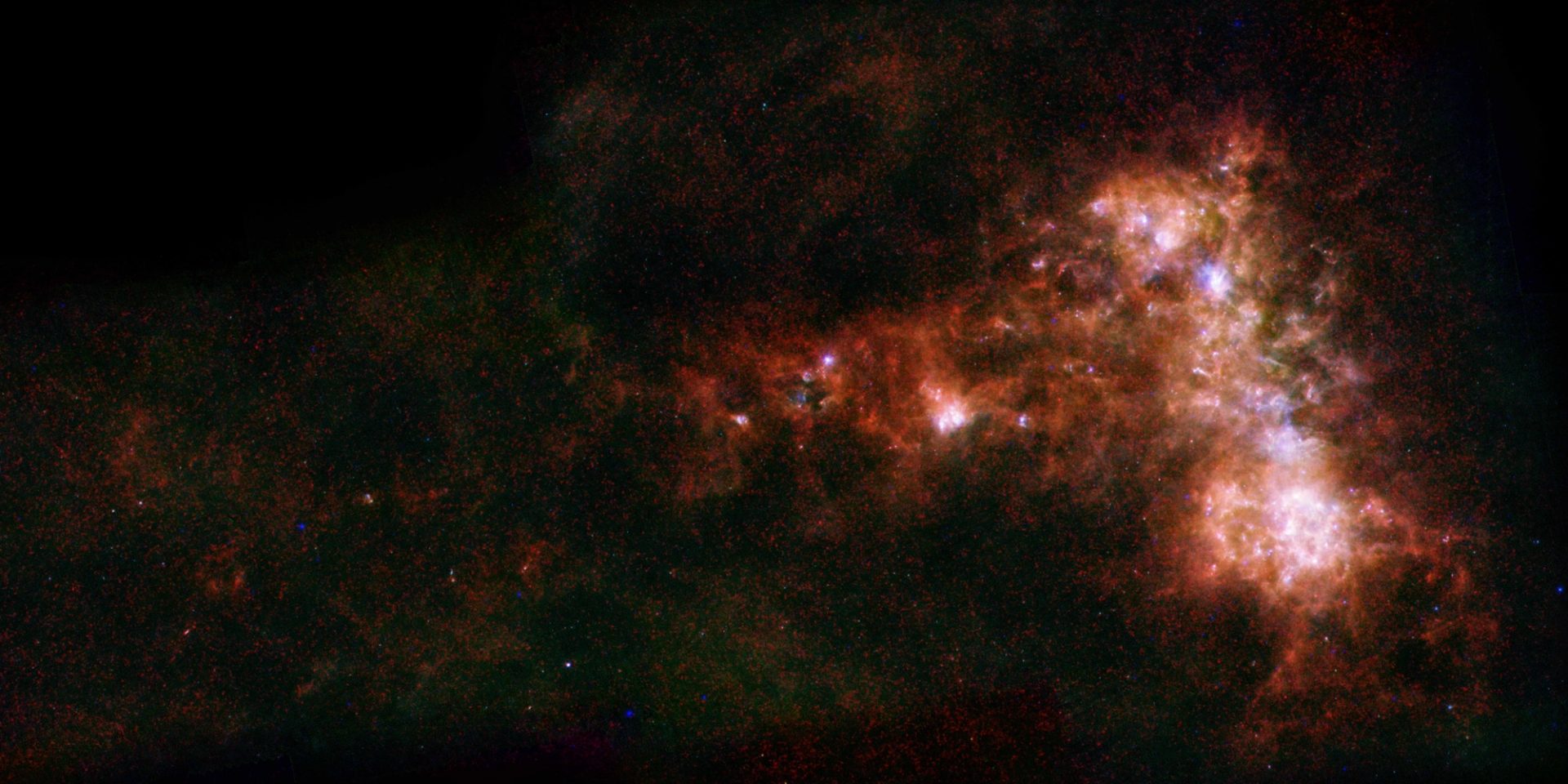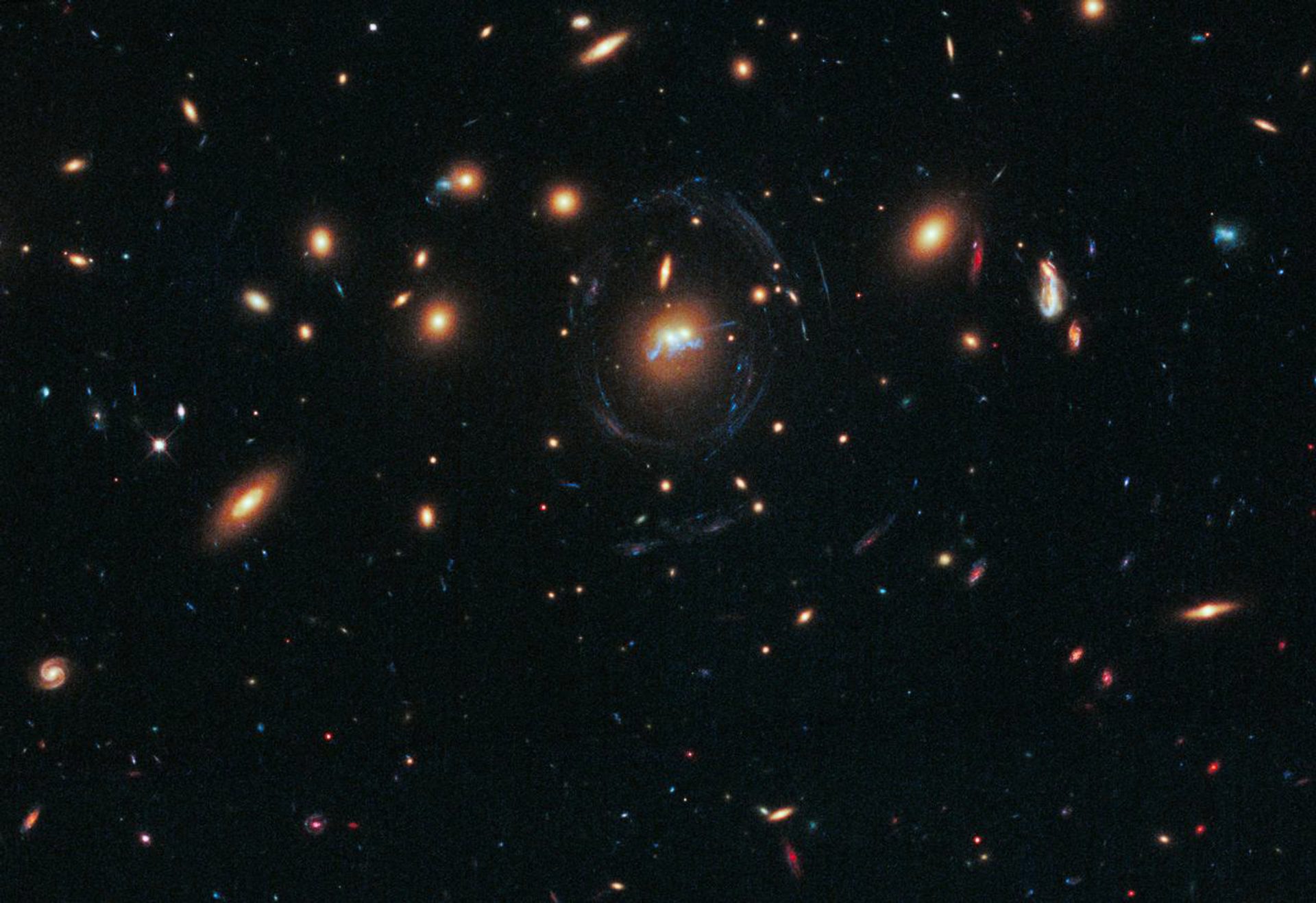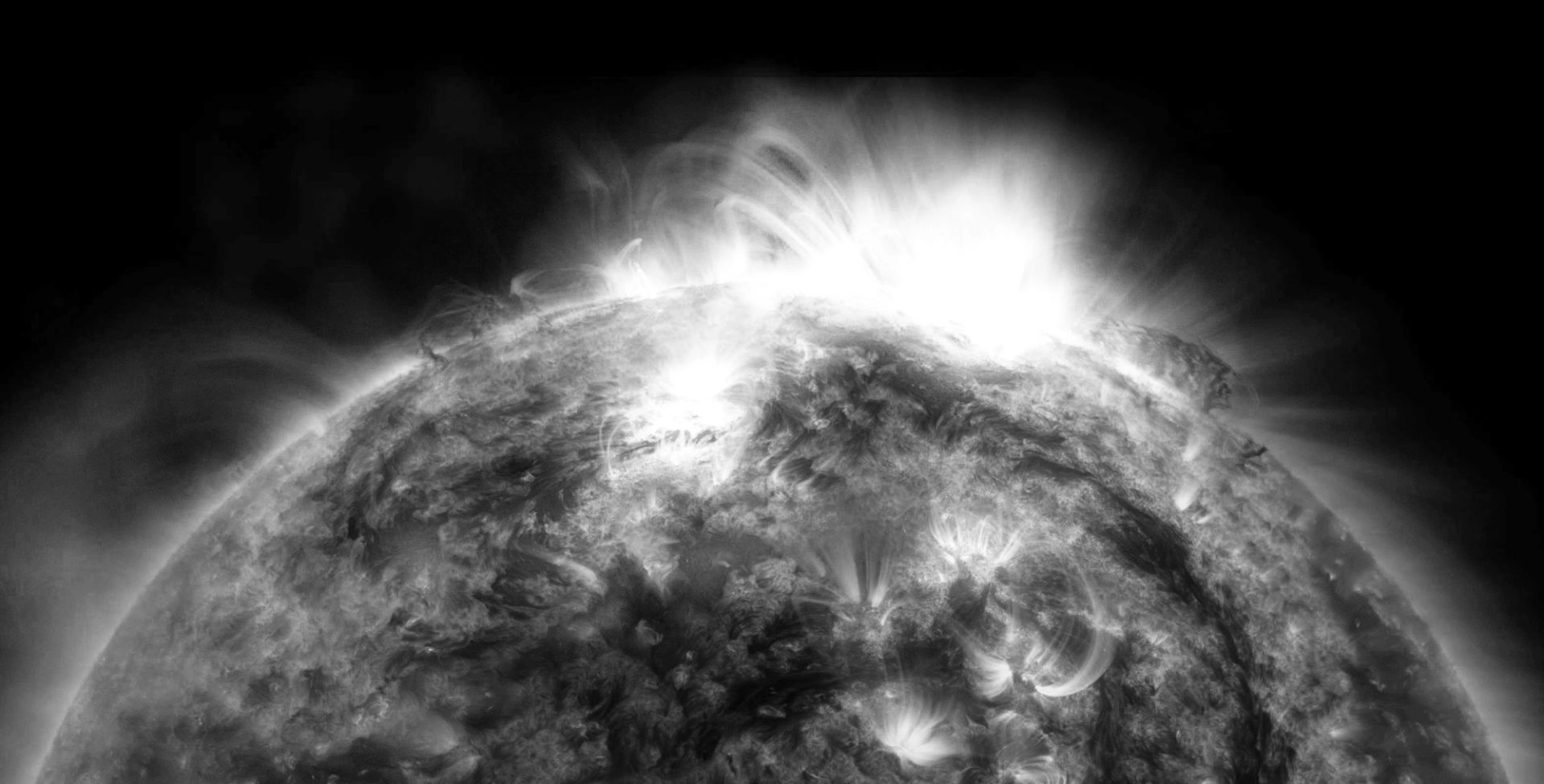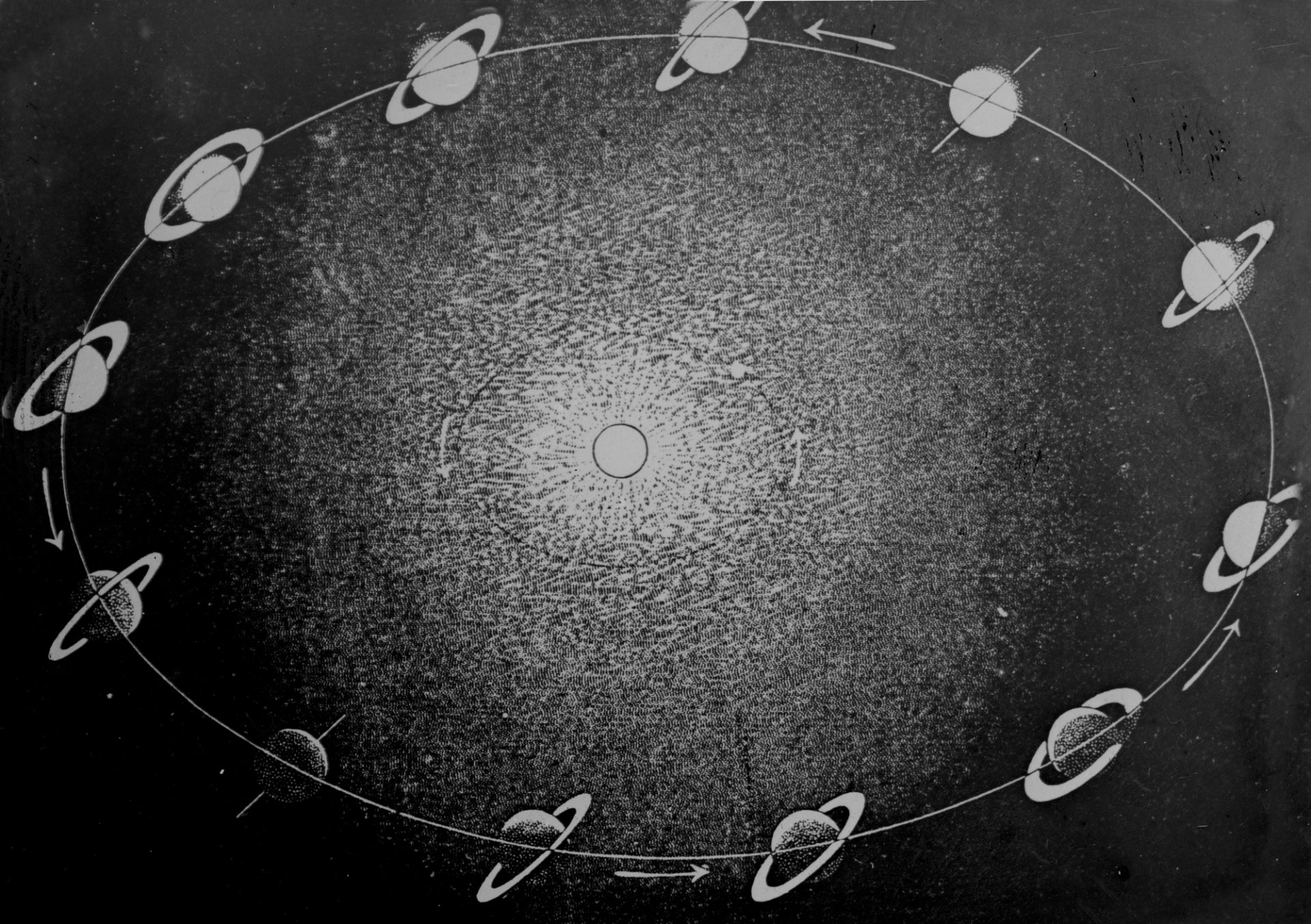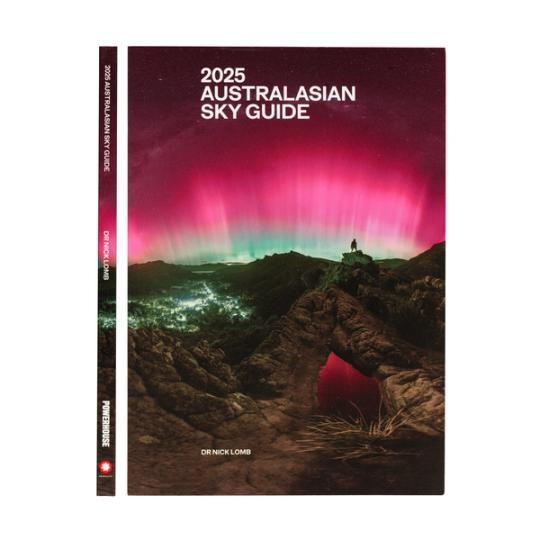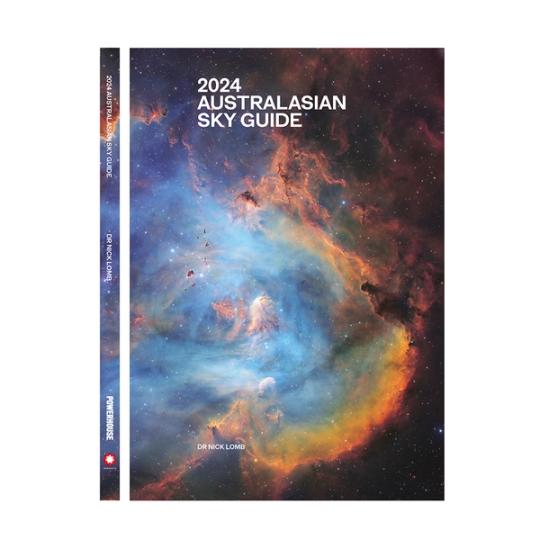Sky Guide July 2025

‘This month, the Southern Cross is particularly prominent, as it is almost vertical in the southern sky in the early evenings. Astronomers refer to it by the Latin name Crux and it is the smallest of the 88 constellations they recognise. It is this compactness that helps make it stand out.’
Moon Phases
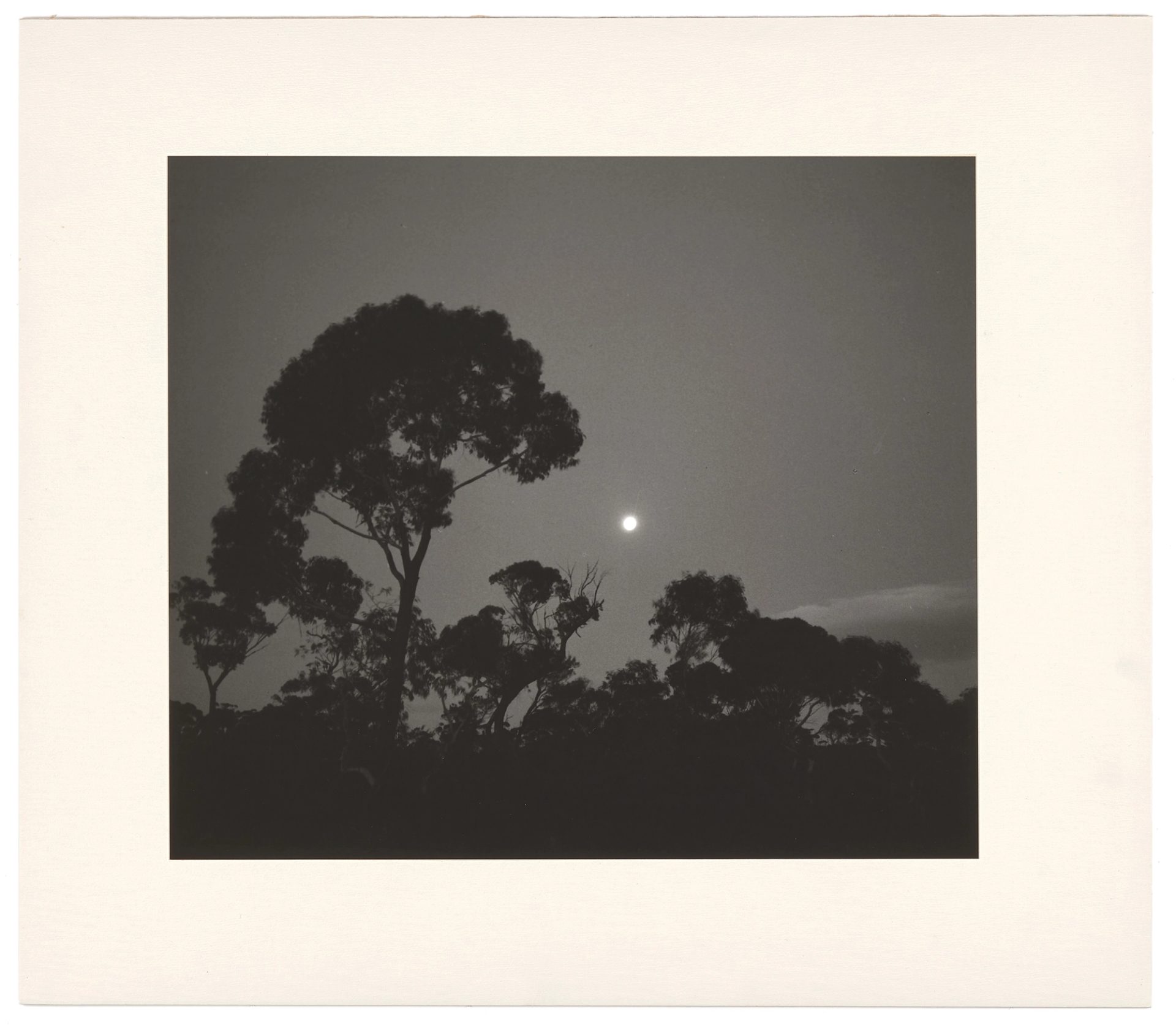
First quarter – Thursday 3 July 5:30 am AEST
Full Moon – Friday 11 July 6:37 am AEST
Last quarter – Friday 18 July 10:38 am AEST
New Moon – Friday 25 July 5:11 am AEST
Planets
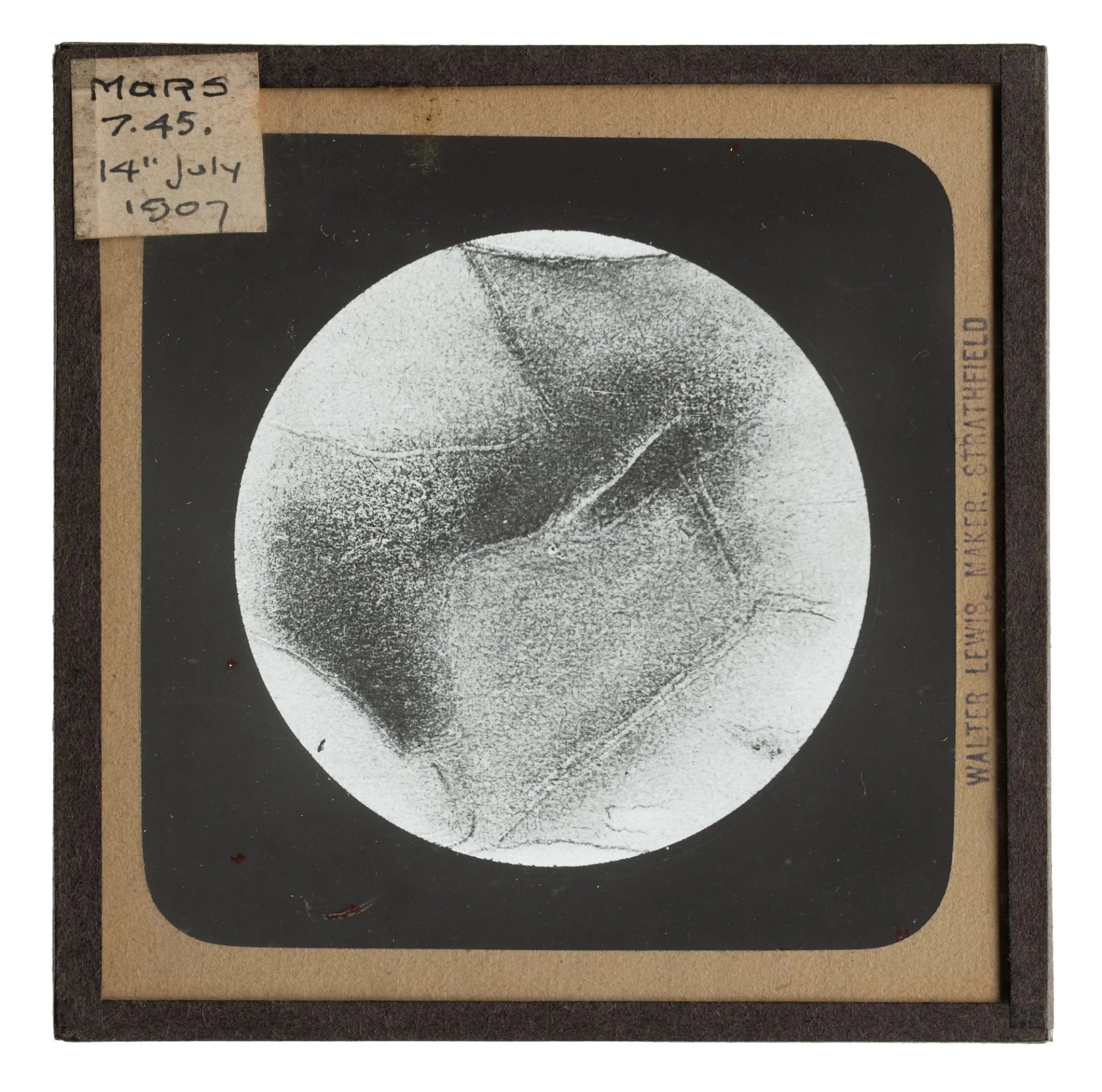
EVENING
As Mercury is lost late in the month, Mars is left as the only evening planet.
Mercury is in the north-west in Cancer for most of the month. It fades into the twilight during the last week of the month.
Mars is in the north-west in Leo but moving into Virgo just before the end of the month. On 28 July, the crescent Moon is below and to the left or west of Mars, while the next evening it is above and to the right or north of the planet.
MORNING
Venus is in the north-east, mainly in Taurus, but moves into the non-zodiacal constellation of Orion at the end of the month. In the middle of the month, it passes close to Aldebaran, the bright reddish star in Taurus, with the closest separation between them on 14 July. On 22 July, the crescent Moon is below and to the left or north of Venus.
Jupiter appears low in the north-east in Gemini in the middle of the month. On 23 July, a thin crescent Moon is to the left or north of Jupiter.
Saturn is high in the north-west in Pisces. On 16 July, the gibbous Moon is below and to the left or west of Saturn, while on the next morning it is still below but to the right or north.
Constellations
Constellations are groups of stars that represent mythological figures, fanciful beasts or old scientific instruments. Some have been used for millennia as a tool to share significant cultural stories and to track the passage of the weeks and months. Today they also help astronomers mark out portions of the sky and locate astronomical objects. Those listed below have been selected for their visibility in the evening up to two hours after sunset as seen from the southern hemisphere.
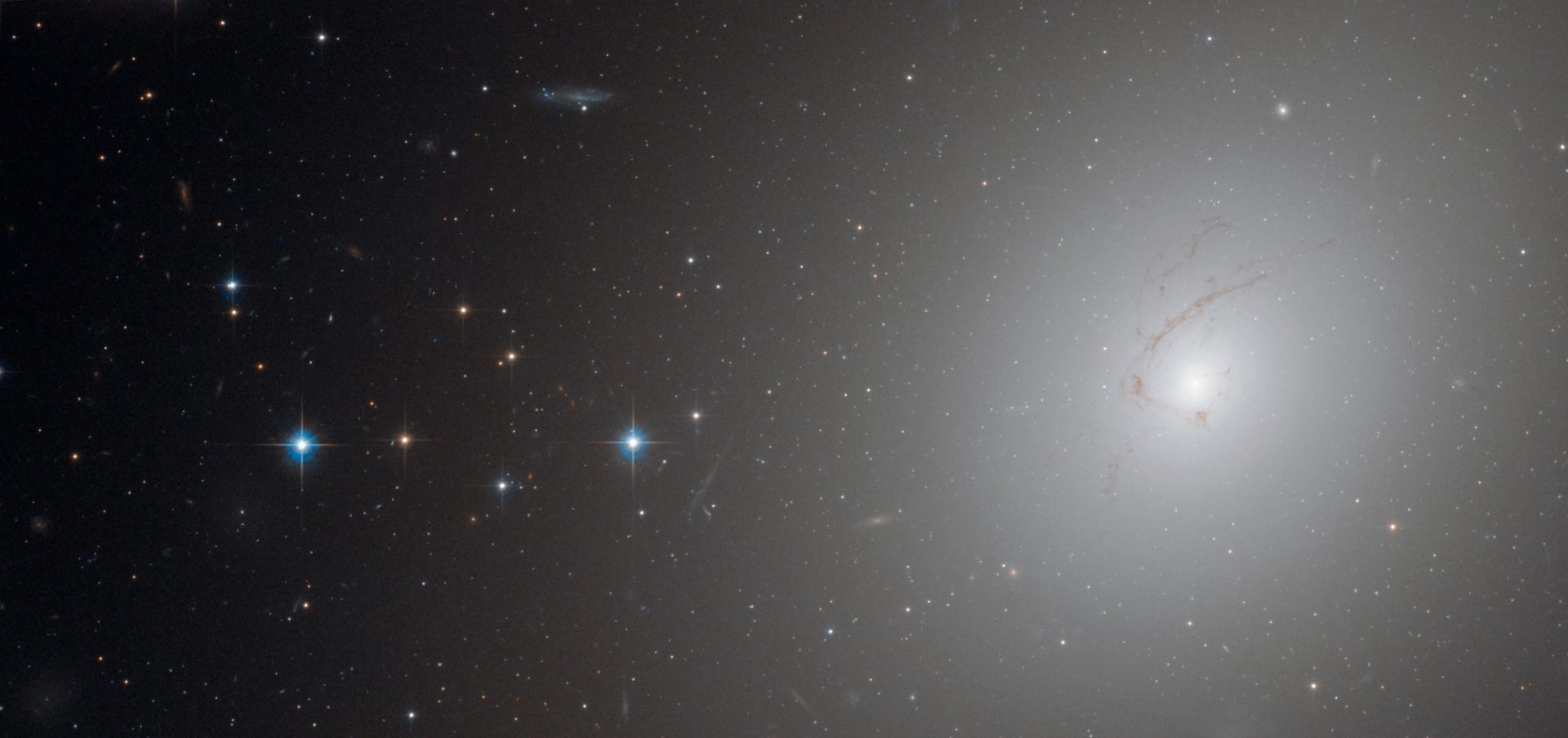
Boötes the herdsman is low in the north and quite unremarkable apart from its brightest star Arcturus, which is the fourth brightest star in the night sky overall and the brightest in the northern sky. Arcturus is only slightly more massive than our Sun, but its advanced evolution has taken it off the Main Sequence to become a bloated giant 25 times bigger and 170 times brighter than the Sun. It has a golden orange hue at about 37 light years.
Centaurus the half man half horse represents the scholarly Chiron, tutor of many of the Greek gods and heroes including Heracles, Achilles and Jason. Its two brightest stars of Alpha Centauri — the closest star system to the Sun and Beta Centauri — make up the front legs of the centaur. When used with Crux, they help find south. It also contains the most spectacular globular cluster of all, Omega Centauri (NGC 5139). Centaurus was one of the original 48 constellations as mapped by Ptolemy and originally included Crux before the latter was identified separately in the 17th century CE.
Crux or the Southern Cross is the smallest of all 88 western constellations and consists of four bright stars. Along with the nearby pointers of Alpha and Beta Centauri, Crux can be used to find south. Draw an imaginary line from the top of the cross shape though the bottom and across the sky. Midway between the pointers draw a line perpendicular to the line that joins them. Where these two longer lines intersect is close to the southern celestial pole. From this point drop a vertical down to the horizon to locate south. This technique works at any time of the night, any time of the year. The superb open cluster NGC 4755 (Jewel Box) appears very close to the second brightest star, Beta Crucis.
Scorpius the scorpion is one of the easiest constellations to pick out as it is one of the few that does look like what it’s supposed to represent. It sits in the brightest parts of the Milky Way, with the red supergiant star Antares (meaning ‘Rival of Mars’) marking its heart. From the heart, three stars mark the head and claws, while moving the other way we see the body, hooked tail and sting. The scorpion plays a role in many myths; however, it is best known in Greek mythology for its pursuit of Orion through the night sky. Scorpius dominates the sky from June to August when it sits high overhead. It contains the globular cluster M4, the first in which individual stars were resolved, approximately 6000 light years away. It also has two open clusters M6 the Butterfly cluster, which is 100 million years old, and M7 the Ptolemy cluster at just 200 million years old.
Virgo the maiden is the second largest of all constellations. Virgo rises in the east in April and sets after sunset by mid-August. It can be most easily found by locating the constellation’s brightest star, Spica. The rest of the figure is composed of relatively faint stars and looks a little like a maiden. It is one of the two constellations in which the ecliptic and celestial equator cross — the other being Pisces. This one marks the current position of the September equinox, the beginning of our Spring in the Southern Hemisphere. It is home to a cluster of galaxies at a distance of around 60 million light years — the largest being M87 with a central black hole at least 7 billion times the mass of the Sun. Virgo’s one bright star, Spica, is the 16th brightest in the night sky and about 250 light years away.
Deep sky
Alpha Centauri is a triple star system consisting of Alpha Centauri A and B, and the closest star to our Sun, Proxima Centauri (Alpha Centauri C) at 4.2 light years away. Proxima Centauri is a red dwarf star, only visible through large telescopes, and revolves around the other two stars once every 550,000 years.
The Jewel Box (NGC 4755) is an open star cluster, approximately 10 million years old. It is close to Beta Crucis (Mimosa), the second-brightest star in Crux (Southern Cross). In binoculars and small telescopes it appears as an ‘A’ shape. It is about 20 light years across and contains around 100 stars. One of these is the red super giant DU Crucis which is around 500 times the diameter of the Sun. The Jewel Box is one of the youngest open clusters in our skies with an estimated age of about 14 million years. It lies at a distance of about 6400 light years.
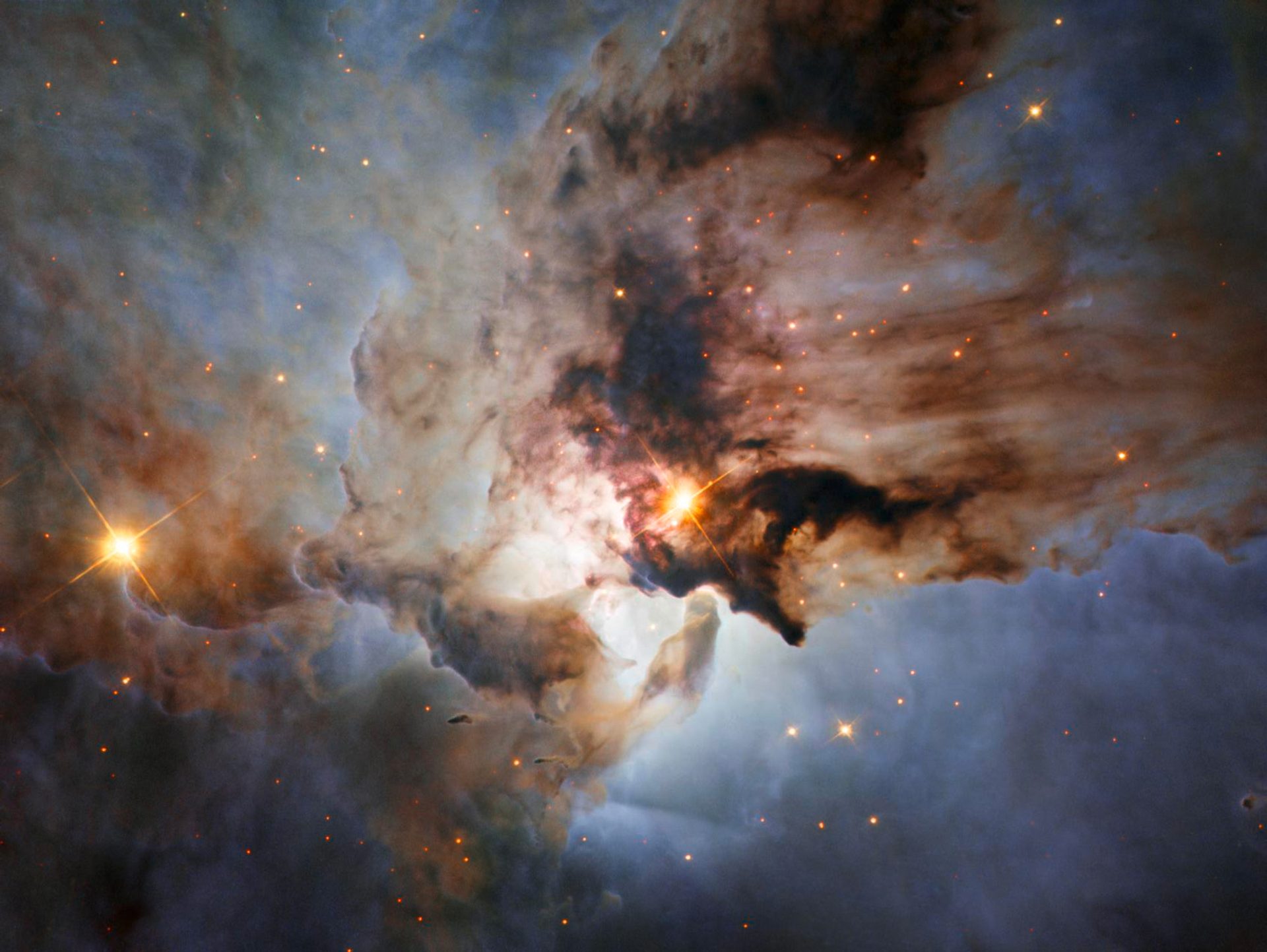
M8 The Lagoon Nebula in Sagittarius is a huge star-forming cloud that is just visible to the unaided eye from a dark location. It is about 5000 light years away and 130 light years across. M8 contains a hot young cluster of baby stars (NGC 6530) within, and their powerful UV light makes the cloud glow.
Omega Centauri (NGC 5139) is the brightest and largest of approximately 150 globular clusters orbiting the Milky Way. It is so bright it was labelled as a star on early sky charts by Ptolemy and is one of the few objects in the sky that carries both a star designation and an object catalogue designation. Omega Centauri shines with the luminosity of a million suns and is relatively close to us, only 15,800 light years away. It contains approximately 10 million stars and some theories suggest it could be the remnant core of a galaxy that is merging with the Milky Way.
The Sombrero Galaxy (M104 or NGC 4594) is an almost edge on galaxy about 30% the size of the Milky Way 28 million light years away. It is either a spiral galaxy or an unusual elliptical one. Its central black hole is about one billion times the mass of our Sun, which makes it one of the largest black holes found so far in the heart of a galaxy. The Sombrero Galaxy is situated within the constellation Virgo on the border with Corvus. It requires a moderate sized telescope and will appear as a small smoky smudge.
Special Events
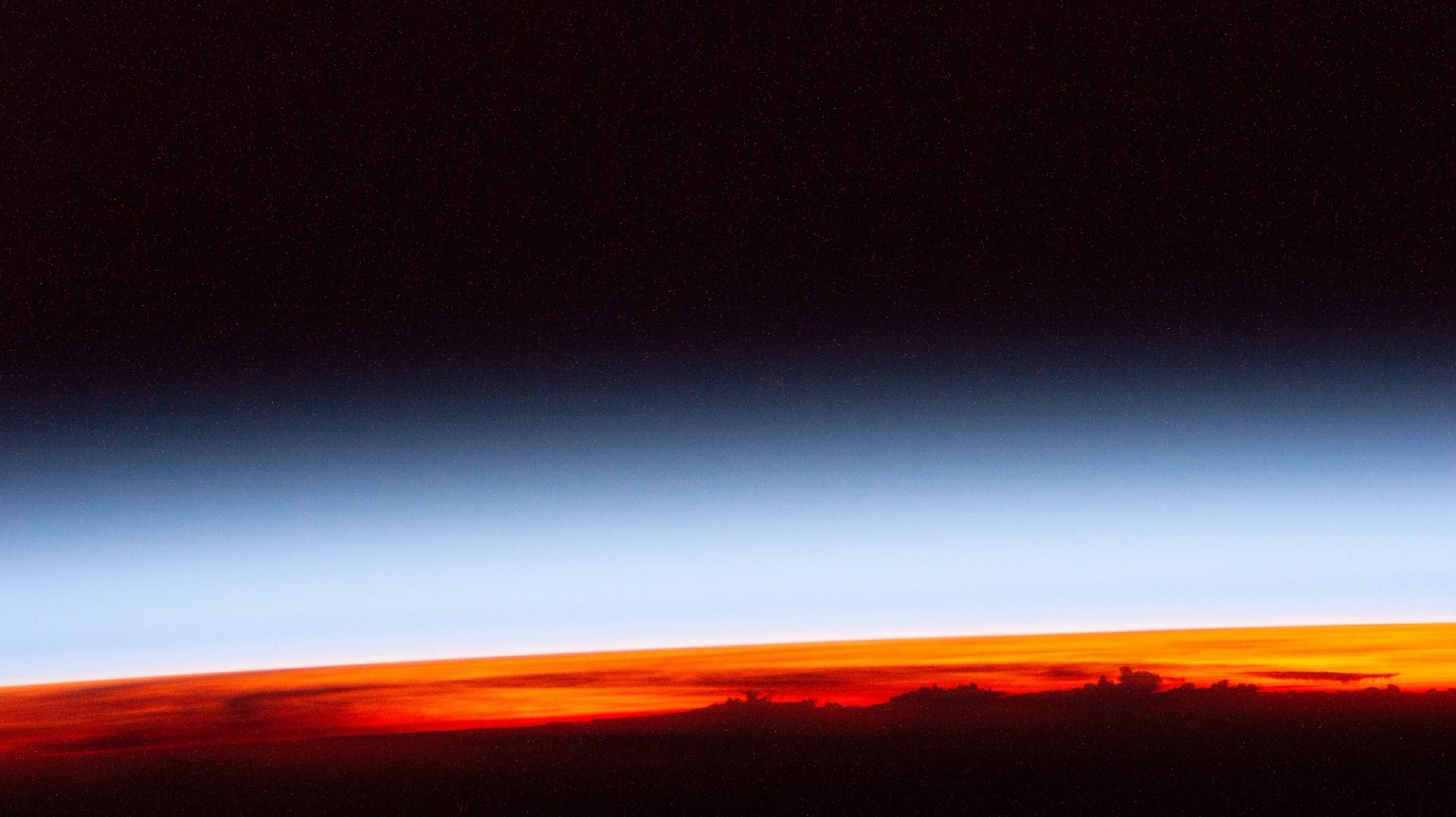
Aphelion on Friday 4 July at 5:55 am AEST Earth will be its greatest distance from the Sun for the year. We will be almost 5 million kilometres farther from the Sun than we were in January.
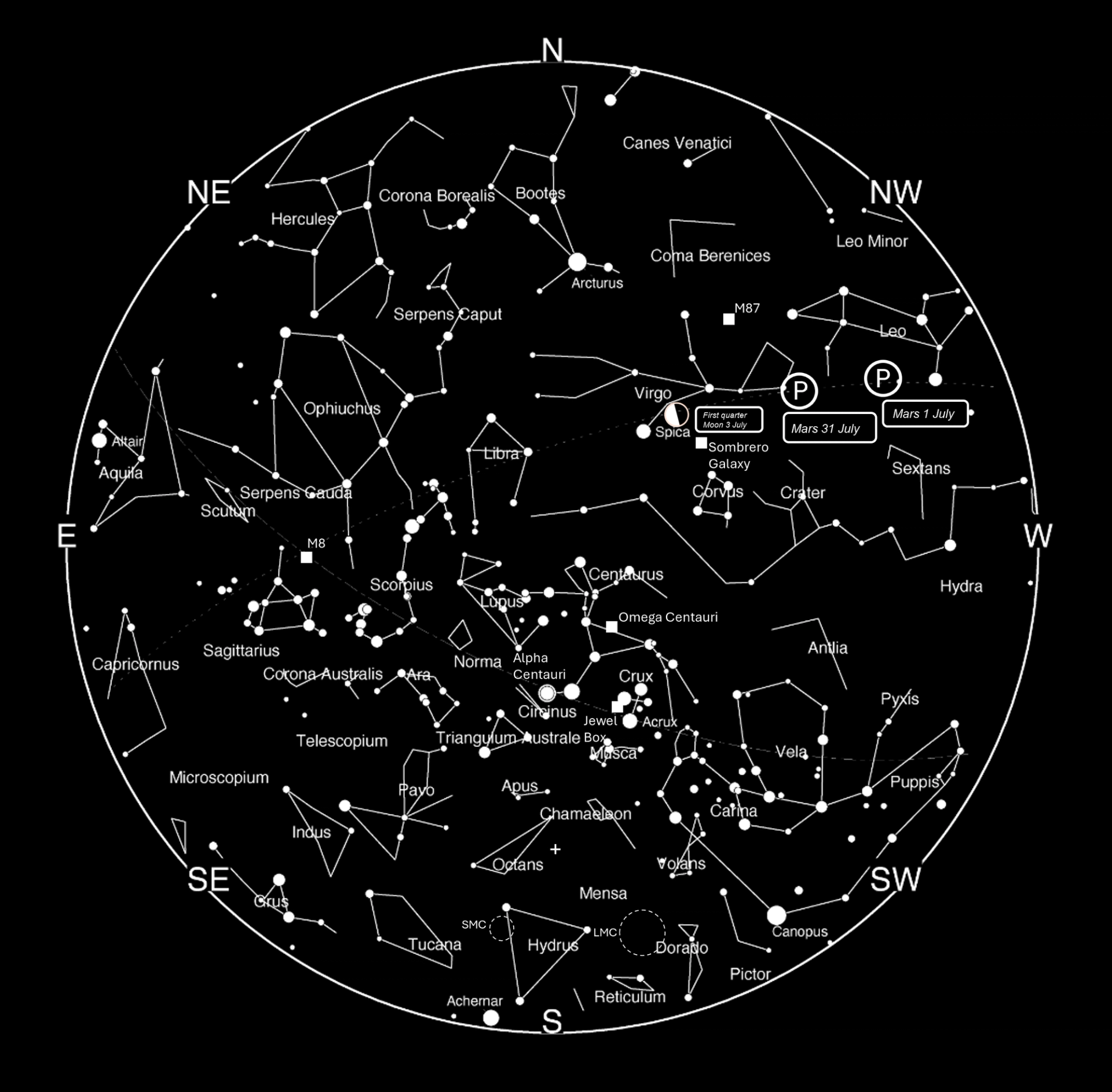
Shop

Sydney Observatory
Open for pre-booked tours, located on Gadigal land, a national place of connection and scientific research. The site is undergoing heritage conservation works.


